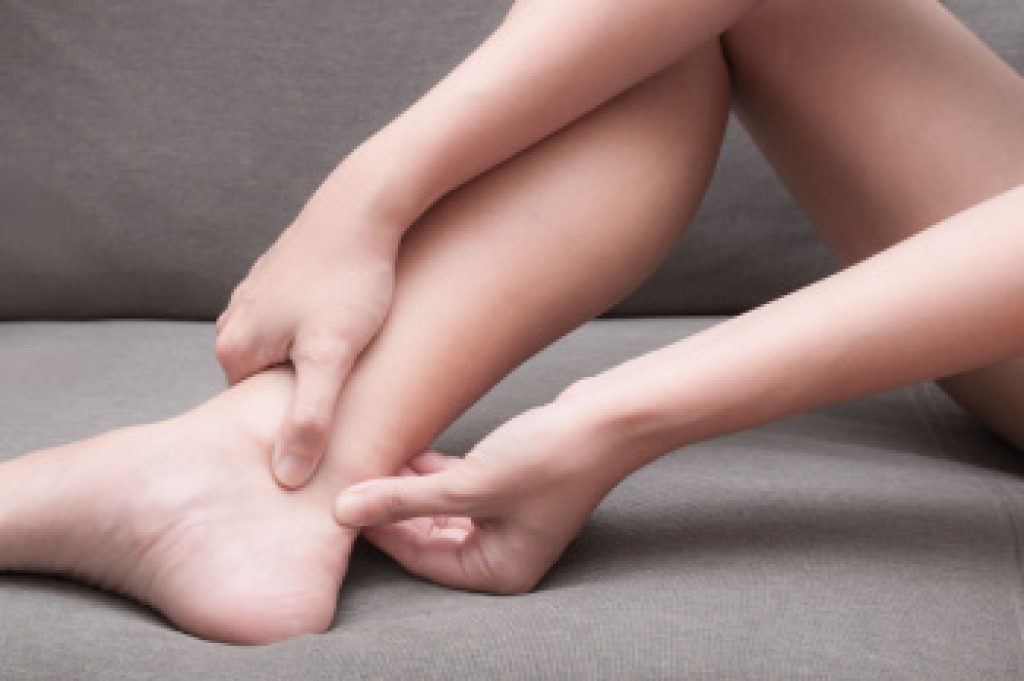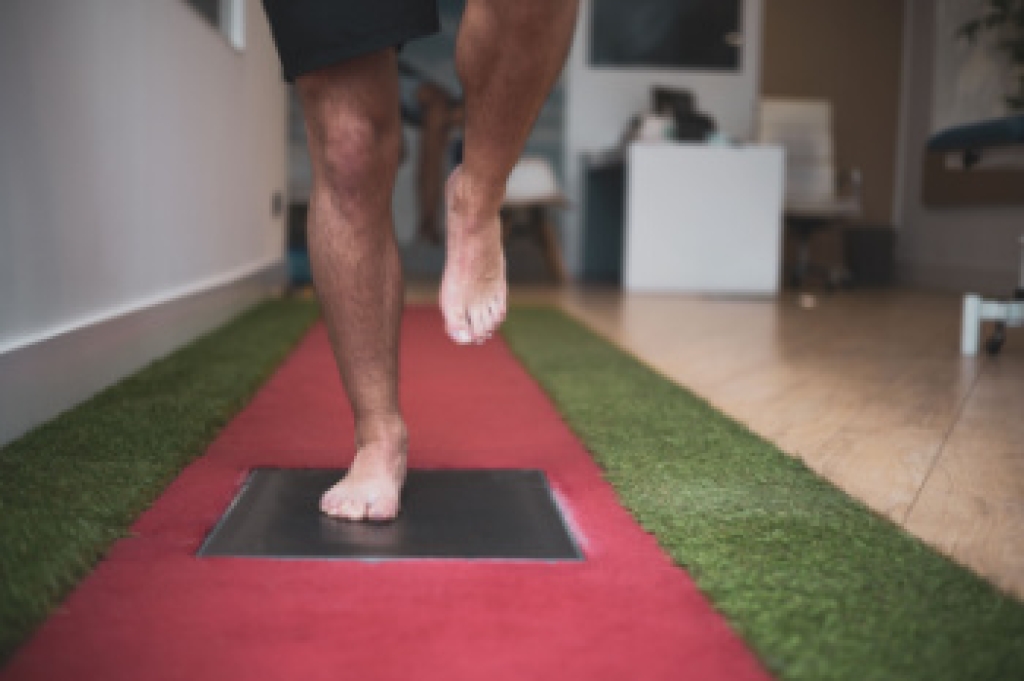
Toenail fungus affects the nails and surrounding tissue, often beginning as a small white or yellow spot that gradually spreads. Symptoms may include thickened nails, discoloration, brittleness, crumbling edges, or an unpleasant odor. Causes include exposure to fungal organisms in warm and moist environments, such as locker rooms or tight footwear. Risk increases for older adults, people with sweaty feet, those with weakened circulation, and individuals who frequently walk barefoot in public areas. A podiatrist can diagnose the infection, provide advanced treatments, trim damaged nails, and offer guidance to prevent future problems. If you have any of the above symptoms, it is suggested that you schedule an appointment with a podiatrist who can offer effective relief and treatment solutions, which may include prescribed medication.
For more information about treatment, contact Gerald Erskine, DPM of Seneca Family Footcare. Our doctor can provide the care you need to keep you pain-free and on your feet.
Toenail Fungus Treatment
Toenail fungus is a condition that affects many people and can be especially hard to get rid of. Fortunately, there are several methods to go about treating and avoiding it.
Antifungals & Deterrence
Oral antifungal medicine has been shown to be effective in many cases. It is important to consult with a podiatrist to determine the proper regiment for you, or potentially explore other options.
Applying foot powder on the feet and shoes helps keep the feet free of moisture and sweat.
Sandals or open toed shoes – Wearing these will allow air movement and help keep feet dry. They also expose your feet to light, which fungus cannot tolerate. Socks with moisture wicking material also help as well.
If you have any questions please contact our office located in Ronceverte, WV . We offer the newest diagnostic and treatment technologies for all your foot and ankle needs.




